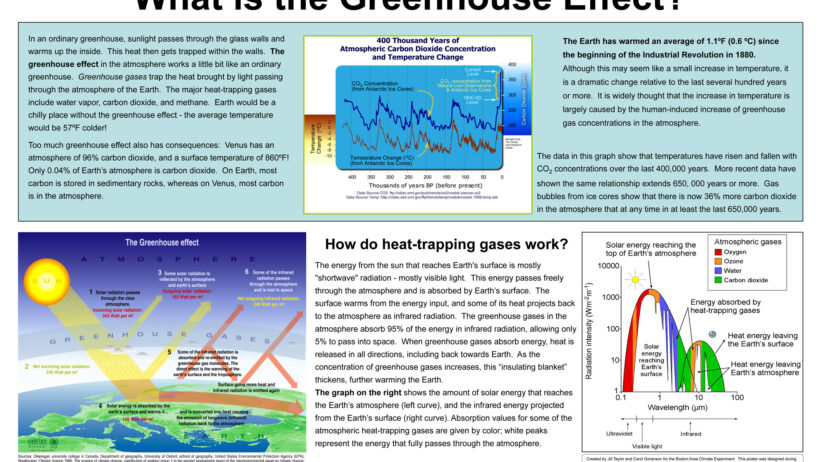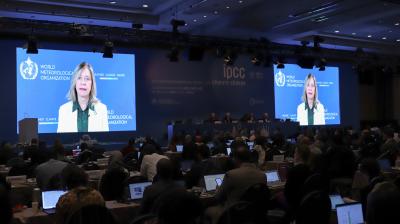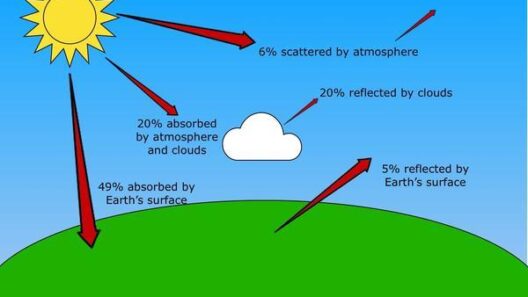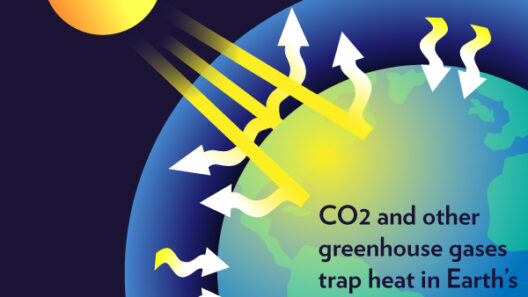Understanding the gases responsible for the greenhouse effect is integral to grasping the intricacies of climate change and the broader phenomena of global warming. When we talk about the greenhouse effect, we refer to the natural process by which certain gases trap heat in the Earth’s atmosphere, allowing for the sustenance of life. However, human activities have augmented these atmospheric concentrations, leading to disruptive climatic alterations. This article will delve into the primary greenhouse gases, elucidating their sources, mechanisms, and individual impact on our planet.
Exploring the Major Players in the Greenhouse Effect
To comprehend the greenhouse effect, one must first familiarize themselves with the principal greenhouse gases. While numerous compounds contribute to this global dilemma, a select few stand out due to their significant behavioral patterns and potency in enhancing the greenhouse effect.
Carbon Dioxide (CO2): The Dominant Contributor
Carbon dioxide is undoubtedly the most prominent greenhouse gas emitted by human activities, primarily through the combustion of fossil fuels such as coal, oil, and natural gas. Deforestation, a process that reduces the number of trees that can absorb CO2, further exacerbates the issue. This gas has a long atmospheric lifetime, remaining in the atmosphere for hundreds of years, which means its impact on global temperatures is profound and enduring. The high levels of CO2 currently observed are unparalleled in at least 800,000 years, signaling an alarming trajectory for our planet’s climate.
Methane (CH4): A Potent Yet Short-Lived Gas
Methane is another significant greenhouse gas, with a global warming potential over 25 times that of carbon dioxide over a 100-year period. Originating from both agricultural practices (notably enteric fermentation in livestock and manure management) and fossil fuel extraction, methane contributes to approximately 30% of the increase in global temperatures. While its atmospheric lifespan is much shorter than that of CO2—about a decade—it is emitted at a rate that can have immediate implications for climate feedback loops, enhancing warming trends swiftly.
Nitrous Oxide (N2O): The Agricultural Offender
Nitrous oxide, predominantly released from agricultural activities—particularly through the use of nitrogen-based fertilizers—has a global warming potential nearly 298 times greater than CO2 over a century. This gas poses a dual threat by not only contributing to warming but also depleting stratospheric ozone. Considering that modern agricultural practices heavily rely on synthetic fertilizers, addressing nitrous oxide emissions is imperative for reconciling food production with climate health.
Fluorinated Gases: The Industrial Culprits
The category of fluorinated gases, while less common, includes substances such as hydrofluorocarbons (HFCs), perfluorocarbons (PFCs), and sulfur hexafluoride (SF6). These are primarily synthetic compounds used in refrigeration, air conditioning, and manufacturing processes. Although they exist in smaller quantities compared to natural gases, their global warming potentials are staggering—thousands of times greater than carbon dioxide, albeit with shorter lifetimes. The growing prevalence in industrial applications poses a new and formidable challenge for climate policy.
The Interaction Between Gases
The interaction among these greenhouse gases can lead to complex feedback mechanisms, amplifying their individual effects on climate change. For instance, as temperatures rise due to increased CO2 levels, permafrost thawing releases stored methane, further accelerating warming. Such interdependencies can complicate mitigation strategies, as tackling one gas may inadvertently influence the behavior of another.
Long-Term Implications: The Need for Action
The accumulation of these greenhouse gases in our atmosphere will have dire long-term implications if left unchecked. Predictions suggest that without substantial reductions in emissions, global temperatures could rise between 1.5°C and 4°C by the end of the century, with irreversible repercussions for ecosystems, sea levels, and weather patterns. As the planet warms, we can expect more frequent and severe weather events, biodiversity loss, and detrimental effects on human health and food security.
Strategies for Mitigation: Moving Forward
To prevent catastrophic climate change, comprehensive strategies are paramount. These should encompass not only transitioning to renewable energy sources and reducing fossil fuel dependency but also refining agricultural practices to minimize nitrous oxide and methane emissions. Moreover, international cooperation and regulation concerning the use of fluorinated gases are crucial, with agreements such as the Kigali Amendment seeking to phase down HFCs on a global scale.
Individual actions, such as adopting lower-carbon lifestyles, can collectively contribute to larger climate goals. Enhancing awareness around the sources and impacts of these greenhouse gases is essential for fostering a more sustainable future.
Conclusion: A Call to Action
Recognizing the gases that drive the greenhouse effect is not merely an academic exercise; it is a clarion call to action. By understanding their complexities and implications, society can better navigate the path forward. The urgency for resolving the greenhouse gas conundrum grows with each passing day, as the fate of our planet hangs in the balance. Nonchalant attitudes will no longer suffice—commitment to reducing emissions and embracing sustainable practices is the imperative of our time. Only through concerted efforts can we hope to safeguard the Earth for generations to come.







